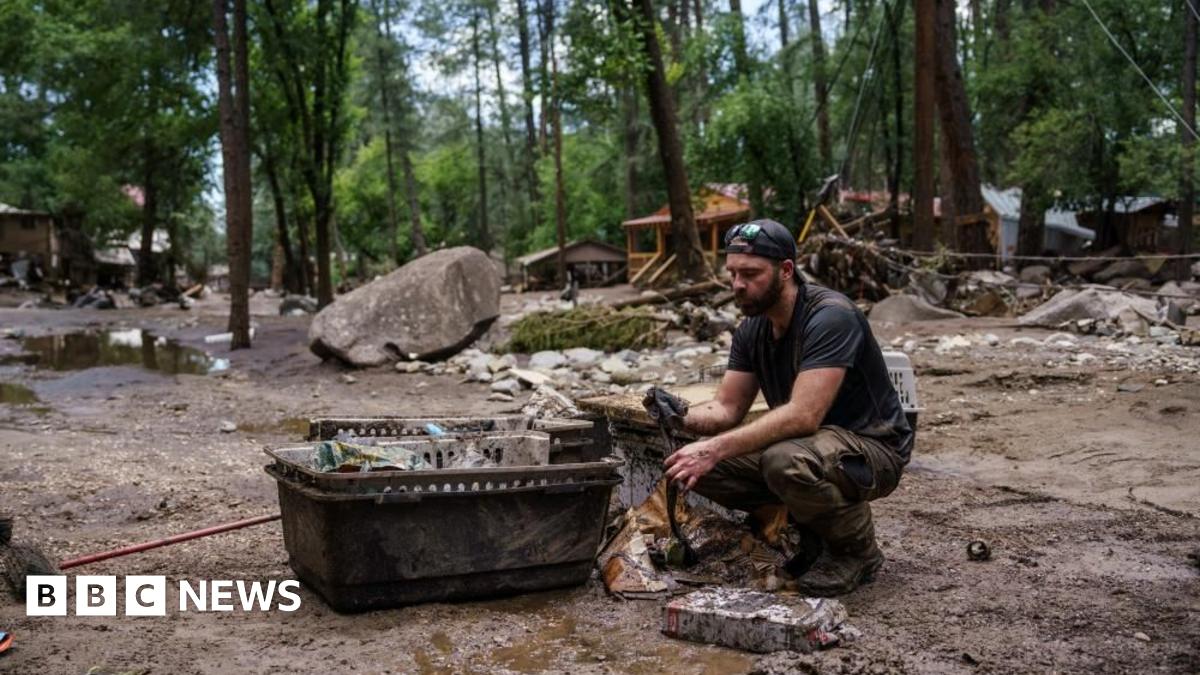New Mexico vs. Texas: How Preparedness Shaped Flood Outcomes

Recent torrential rains have brought devastating floods to both New Mexico and Texas, but the outcomes couldn't be more different. While Texas grapples with widespread destruction and displacement, the community of Ruidoso, New Mexico, demonstrated remarkable resilience thanks to proactive flood preparedness measures. This article explores the contrasting situations, highlighting the importance of planning and expert intervention in mitigating the impact of natural disasters.
Tragedy in New Mexico: Ruidoso's Flood Devastation
The floods that struck Ruidoso, New Mexico, on Tuesday afternoon were swift and merciless. Sadly, three lives were lost, including two young children, and numerous homes and businesses suffered significant damage. The sudden surge of water overwhelmed the area, leaving a trail of destruction in its wake. The immediate aftermath was marked by rescue efforts and the daunting task of assessing the full extent of the damage.
However, what sets Ruidoso's experience apart is the community's proactive approach to flood management. According to Mr. Gutierrez, a local official, the village had already taken steps to prepare for such events. Flood experts were already present in the area, and comprehensive flood plans were in place. This preparedness, while not preventing the tragedy entirely, undoubtedly lessened the impact and facilitated a more organized response.
Texas Faces Widespread Flooding and Challenges
Meanwhile, in Texas, the situation is considerably more widespread and challenging. Extensive flooding has impacted numerous communities, leading to evacuations, road closures, and widespread disruption. The sheer scale of the disaster has stretched resources thin, and the recovery process is expected to be long and arduous. While Texas has also implemented flood mitigation strategies, the current events highlight the ongoing vulnerability of many areas to extreme weather events.
The Key Difference: Preparedness and Planning
The contrasting outcomes in New Mexico and Texas underscore the critical role of preparedness in disaster mitigation. Ruidoso’s experience serves as a powerful example of how proactive planning, expert consultation, and community involvement can significantly reduce the impact of floods. By having flood plans in place and experts on the ground, the village was better equipped to respond to the crisis and minimize losses.
The lessons learned from these events are clear: investing in flood preparedness is not just a cost, but a vital investment in the safety and well-being of communities. This includes implementing early warning systems, improving drainage infrastructure, enforcing stricter building codes in flood-prone areas, and educating residents about flood risks and safety measures.
As climate change continues to exacerbate extreme weather events, the need for robust flood preparedness measures will only become more urgent. Governments, communities, and individuals must work together to build resilience and protect lives and livelihoods from the devastating impact of floods.
Looking ahead, both New Mexico and Texas will need to focus on long-term recovery and resilience-building efforts. This will involve not only repairing damaged infrastructure but also implementing strategies to reduce future flood risks and ensure the safety of residents.




